Drawing from its collection of over 11,000 works, the National Center for Photography and Images’ (國家攝影文化中心) inaugural domestic exhibit, Hold the Mirror up to His Gaze (舉起鏡子迎上他的凝視), presents a valuable record of Taiwan’s photographic history from 1869 to 1949. It includes personal albums as well as pieces scanned from negatives acquired from now-shuttered photo studios. The subject matter shifts from the lens of visiting Europeans to Japanese colonizers to Taiwanese pioneers like Deng Nan-guang (鄧南光) and Chang Tsai (張才).
Such an overview is fitting for the center’s grand debut, but organizers are eager to point out that their collection is more than just about documentation.
Set within the same exhibition space is an accompanying exhibition curated by David Campany, who serves as the managing director of programs at the International Center of Photography in New York. A Handful of Dust: From the Cosmic to the Domestic is a conceptual show exploring various allegories represented by dust at various scales through the visual arts. The two radically different displays create a sharp contrast that somehow works.
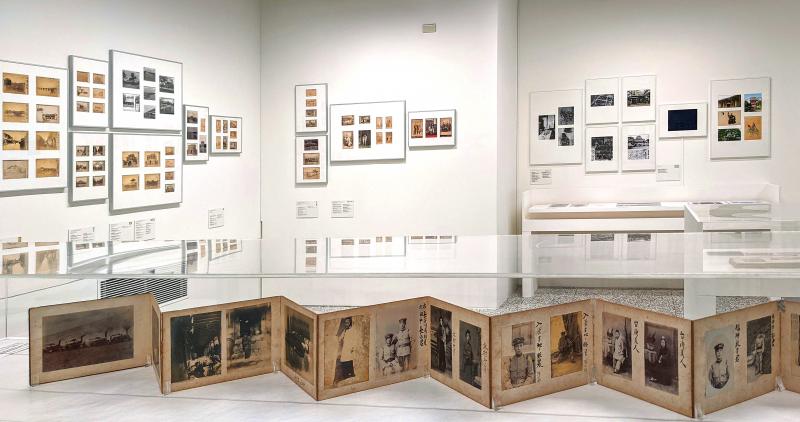
Photo: Han Cheung, Taipei Times
The exhibitions are housed in a tastefully refurbished 84-year-old Japanese colonial-era office building that combines Asian and European architectural elements.
Preview tours are all booked up, but it will open to the public at no cost on April 20.
Fu Yuan-cheng (傅遠政), who heads the center, says after working closely with experts to establish the scope of the rescue efforts for Hold the Mirror up to His Gaze, they began collecting works that were scattered across Taiwan and the world. Nine experts participated in the research for the domestic show, including Magnum photographer Chang Chien-chi (張乾琦), whose work is also on display.
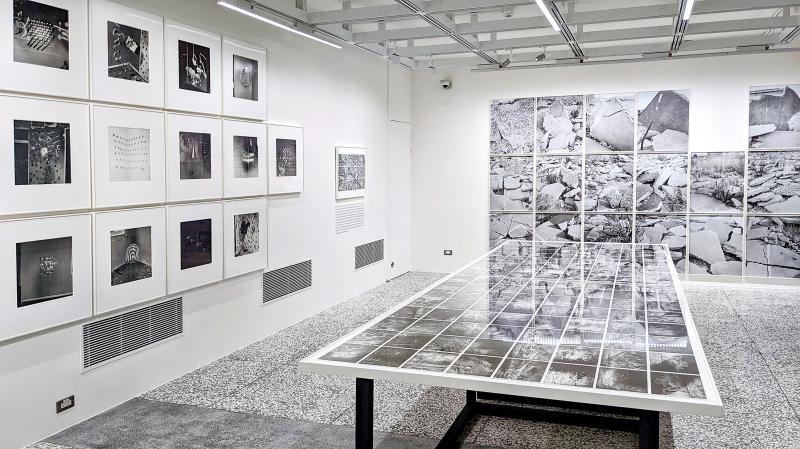
Photo: Han Cheung, Taipei Times
Many of the original prints have been lost to time and were stored in collections as film negatives or glass plates, which the museum was able to scan and reprint. While Deng left behind a limited number of works after he died in 1971, his family had carefully preserved his film for over 40 years. The value of these go beyond reproduction, Fu says.
“Through his film rolls, we can get a glimpse of how [Deng] framed his shots, or how he made his selections,” he says.
A few of these film albums are on view, organized chronologically and easily navigable with thought-provoking text to place the pieces in historical context.
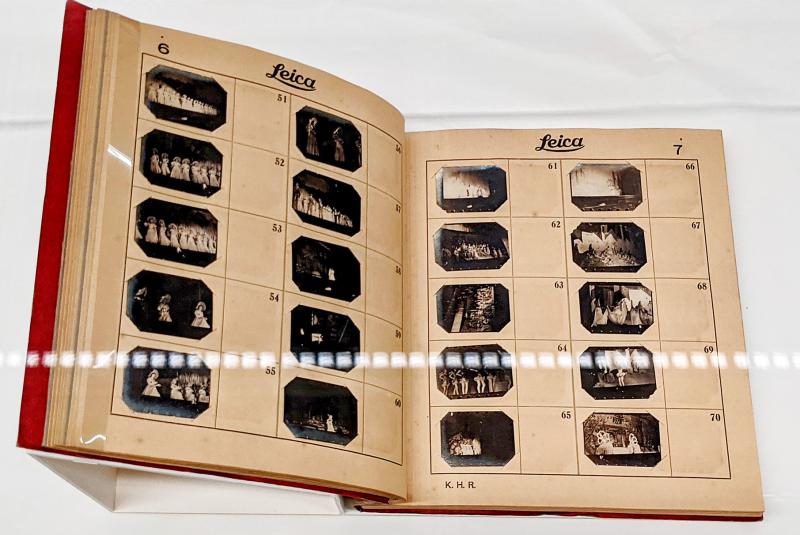
Photo: Han Cheung, Taipei Times
The only complaint is that the description labels are placed too low, making the viewer have to bend down to read the text — and there are a lot of captions to read.
Labeling is also an issue with A Handful of Dust as all of the entries are grouped into one panel in the room, making the viewer have to run back and forth to match the piece to the text.
Inspired by Dust Breeding, a photograph by surrealist visual artist Man Ray showing dust gathering on a work by Marcel Duchamp, Campany’s selections run the gamut from the light-hearted and artistic to social issues and mass destruction. Who knew dust could generate such discussion and imagination?
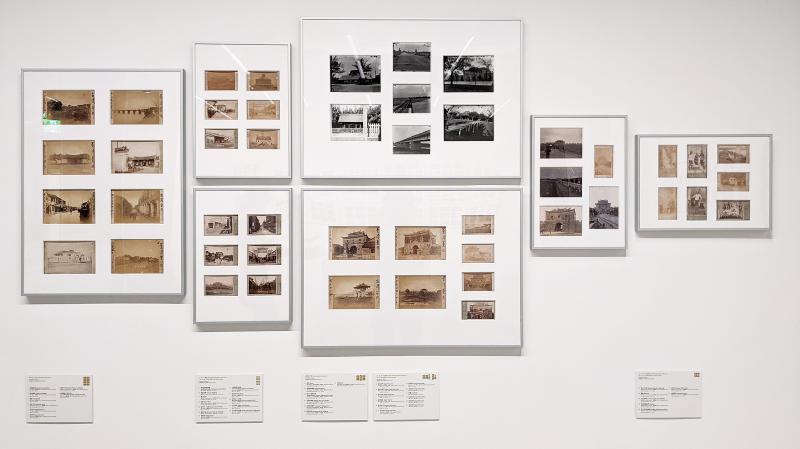
Photo: Han Cheung, Taipei Times
The building housing the exhibition has been altered significantly over its life, and it’s evident that a great deal of work was put into restoring it. The full story of the building’s history and restoration can be found in the single-room permanent display, Trans-Communication (跨交通).
The first floor features a coffee and pastry shop with a market-style gift store, but the real gem is the cozy photography library hidden in the back where one can just kick back and pore through the work of the greats.
All in all, it’s an excellent show that hopefully provides inspiration in putting together future domestic exhibitions.
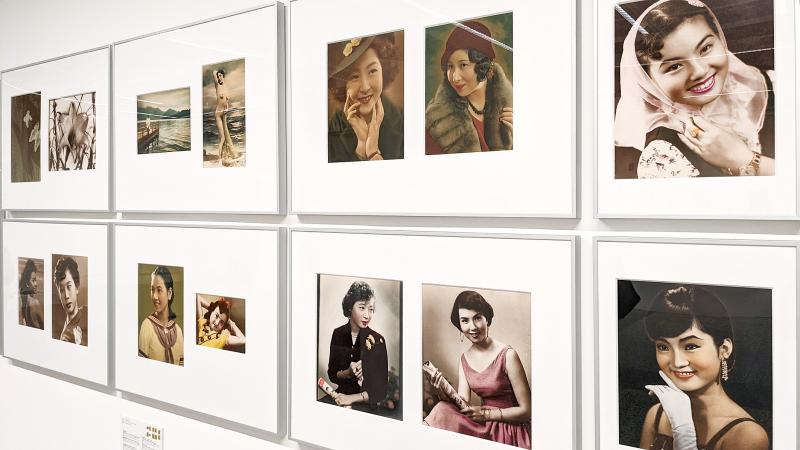
Photo: Han Cheung, Taipei Times
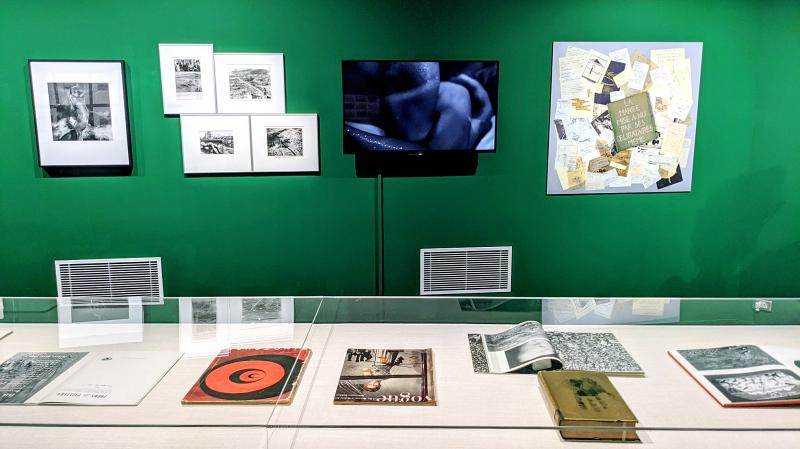
Photo: Han Cheung, Taipei Times
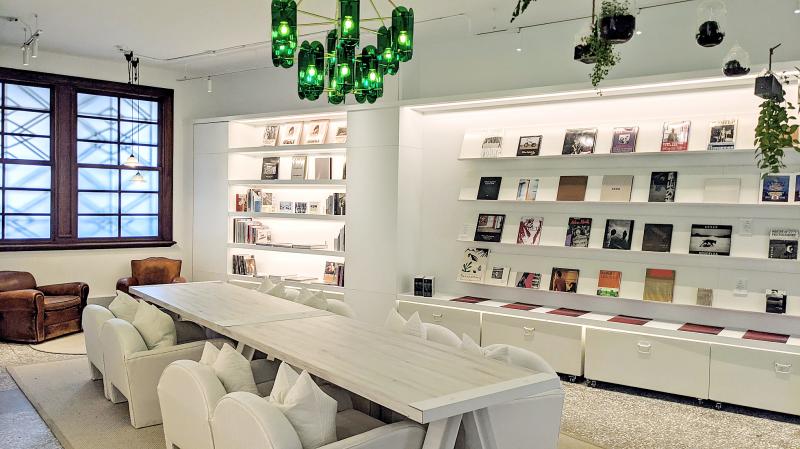
Photo: Han Cheung, Taipei Times

Seven hundred job applications. One interview. Marco Mascaro arrived in Taiwan last year with a PhD in engineering physics and years of experience at a European research center. He thought his Gold Card would guarantee him a foothold in Taiwan’s job market. “It’s marketed as if Taiwan really needs you,” the 33-year-old Italian says. “The reality is that companies here don’t really need us.” The Employment Gold Card was designed to fix Taiwan’s labor shortage by offering foreign professionals a combined resident visa and open work permit valid for three years. But for many, like Mascaro, the welcome mat ends at the door. A

If China attacks, will Taiwanese be willing to fight? Analysts of certain types obsess over questions like this, especially military analysts and those with an ax to grind as to whether Taiwan is worth defending, or should be cut loose to appease Beijing. Fellow columnist Michael Turton in “Notes from Central Taiwan: Willing to fight for the homeland” (Nov. 6, page 12) provides a superb analysis of this topic, how it is used and manipulated to political ends and what the underlying data shows. The problem is that most analysis is centered around polling data, which as Turton observes, “many of these
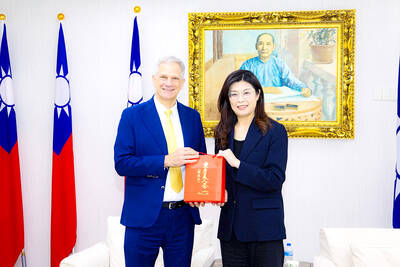
Since Cheng Li-wun (鄭麗文) was elected Chinese Nationalist Party (KMT) chair on Oct. 18, she has become a polarizing figure. Her supporters see her as a firebrand critic of the ruling Democratic Progressive Party (DPP), while others, including some in her own party, have charged that she is Chinese President Xi Jinping’s (習近平) preferred candidate and that her election was possibly supported by the Chinese Communist Party’s (CPP) unit for political warfare and international influence, the “united front.” Indeed, Xi quickly congratulated Cheng upon her election. The 55-year-old former lawmaker and ex-talk show host, who was sworn in on Nov.

Even the most casual followers of Taiwan politics are familiar with the terms pan-blue and pan-green. The terms are used so casually and commonly with the assumption that everyone knows what they mean, that few stop to really question it. The way these terms are used today is far broader and extensive than what they were originally created to represent. Are these still useful shorthand terms, or have people become so obsessed with them that they color perceptions to the point of distortion? LEE TUNG-HUI WAS NO SMURF People often assume that these terms have been around forever, or at least as